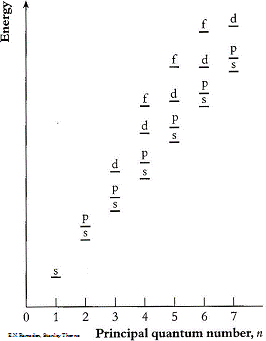
Magnetic susceptibility measures the force experienced by a substance in a magnetic field. And yet, the Lewis structure of O 2 indicates that all electrons are paired. Such attraction to a magnetic field is called paramagnetism, and it arises in molecules that have unpaired electrons. Thus, when we pour liquid oxygen past a strong magnet, it collects between the poles of the magnet and defies gravity, as in Figure 1 in Chapter 8 Introduction. By itself, O 2 is not magnetic, but it is attracted to magnetic fields. However, this picture is at odds with the magnetic behavior of oxygen. There is an O=O double bond, and each oxygen atom has eight electrons around it. This electronic structure adheres to all the rules governing Lewis theory. We would write the following Lewis structure for O 2: However, one of the most important molecules we know, the oxygen molecule O 2, presents a problem with respect to its Lewis structure.

Calculate bond orders based on molecular electron configurations.Describe traits of bonding and antibonding molecular orbitals.Outline the basic quantum-mechanical approach to deriving molecular orbitals from atomic orbitals.

By the end of this section, you will be able to:


 0 kommentar(er)
0 kommentar(er)
